The content of the article
Adherents of the use of organic farming and gardeners who prefer to grow home crops in traditional gardens in traditional ways, consider onion peel a very useful insecticide. The beneficial properties of husks removed from onions will be discussed in the proposed article.
What benefit does the husk removed from the onion in the garden plot bring?
As a rule, most people, after peeling the onion, the layer removed from the surface of the vegetable, prefer to throw it in the trash. Little is known about the value of husks removed from onions and not everyone knows how to use this component in a suburban area. Usually, they fertilize the earth on the beds and use instead of a potent agent that prevents the spread of a number of diseases and a certain kind of pests. What makes the husk so useful?
- The presence of vitamins that stimulate photosynthesis, which helps plants to germinate.
- The presence of carotene.
- A high content of phytoncides (substances fighting bacteria, contributing to the destruction of harmful microorganisms that cause various diseases).
These beneficial substances act on plants comprehensively as follows:
- destroy pests;
- fight bacteria and viruses, prevent diseases carried by them;
- used as top dressing and natural fertilizer;
- mulch is made of them.
This versatility of use allows you to make onion peelings a good helper both in the country house and in home floriculture.
Benefits of Using Husk
The advantages of using this fertilizer in horticulture are:
- Allows plants to grow and develop.
- Environmental friendliness (complete harmlessness for both humans and garden crops).
- Very economical (onion peeling refers to waste, it turns out that garbage is used as a useful thing).
- Very easy to cook.
How is dried husk applied?
Dried husk acts as a fertilizer and finds use as a material for mulching. This is the most common and easiest way to use it, you just need to dry the husk and put it in bags or some containers.
Husk is brought to the beds during the digging in the spring, when the planting season begins, or in the fall, when all the beds are dug up before leaving. It’s good to feed the plants with husk, planting seedlings - add a handful of fertilizer to each well.
If the onion peel is used for mulching, then first you need to grind it first (and to do this very easily even with your hands) and after the plants are sprinkled. As a result, three effects are obtained in one action - the plant is fed, disinfected and the soil is mulched.
How to apply onion peel in the garden
In addition to the above method, from the skin, which serves as onion clothing, make infusions, which are then fertilized and fed everything that grows in the country.
Infusion recipe
In order to prepare an infusion of onion peel, tiles and fire are not needed at all - boiling is not performed. Here you need only patience - the preparation takes a lot of time, sometimes more than a day. But the result is worth the wait. There are three options for preparing infusions of different concentration from onion husks.
- First option.Onion peel is folded into a jar or other utensil that can be hermetically sealed and filled with water at a temperature of 45-50 degrees. The dishes are closed, put in a dark place, it costs about a day (more precisely 20 hours).
- The second option. 20 grams of husk are poured with one liter of cold water, and put in a dark place for a day.
- The third option (designed for the prevention and complete destruction of harmful insects). Peel is removed from the onion and poured with a double amount of not too heated water. Insisted from about three to five days.
In the preparation of the infusion, boiling is not used because it is believed that when the infusion is made, much more useful and necessary substances pass from the husk into the water in a few days than when boiling. The solution turns out to be more concentrated and begins to act faster.
How is infusion used
The infusion gives a great effect if applied as an organic fertilizer. Moreover, it can be used absolutely for any crops grown on the site - from cabbage and raspberries to sweet pepper.
Also, the husk is well suited for processing cucumbers and tomatoes that grow in greenhouses. In this case, protection will be provided for the propagation of harmful microflora - all greenhouse crops suffer from this problem. It is very good to process tomatoes from onions - they will receive good fertilizer. Plants are watered under the root, about one liter of liquid is spent for each. Also, with this infusion, the leaves are sprayed, spraying is carried out until each leaf is completely wetted. After such a procedure, you can accelerate flowering, and give an incentive to the formation of a large number of ovaries on tomato bushes.
Also, onion infusion will be effective when watering seedlings. Gardeners with experience have long noticed - any recently planted crop, watered with infusion of onions, begins to grow and develop well. And this happens because plants receive not only nutrition, but also protection against bacteria and viruses that cause infections such as:
- rot of various kinds - black, gray, etc .;
- various bacterioses;
- the so-called "black leg";
- powdery mildew.
Often the use of onion infusion, prepared according to the third option, helps fight pests in the garden. Here it would be good to add planed laundry soap (about one large spoon), then the solution will be better to stick to the plants.
Onion husk broth
Onion peel is used not only in its natural form and as an infusion, but a decoction is also made from it. Although its quality is somewhat lower than that of the infusion, it is prepared much faster.
How to make a decoction
When preparing the broth, you need to take other proportions of water and husk, mix them and boil. There are two cooking options.
- First option. Two full handfuls of husk are taken and poured with 10 liters of water, brought to a boil, boiled for 4-5 minutes (no longer needed). It is infused for 4-5 hours.
- The second option (concentrated). Pour the onion husk with boiling water (one part of the peel into two parts of water), boil and insist for two days.
How to use a decoction
Broth can not only water the plants, feeding them, but can also be used as an insecticidal agent for pest control. In particular, with the help of a decoction you can destroy:
- aphids;
- all kinds of fleas;
- moth;
- spider mite.
Destroying these pests and spraying, it is recommended to process not only infected, but also nearby plants. For convenience, it is best to spray from a garden sprayer. Than treatment with onion broth is better than spraying with chemicals - because you do not need to protect the throat, face and the like, because onion solution does not pose any danger.
Using Onion Husk for Indoor Plants
But preparing a decoction for indoor use is done a little differently. A handful of husks is poured into one and a half liters of water, brought to a boil and boiled for 7-8 minutes. Then the broth cools and filtered.
In the end, I would like to note that onion peel is universal and safe. It is used as a fertilizer, instead of an insecticide and as a killer of harmful microflora.
Video: onion peel for a vegetable garden

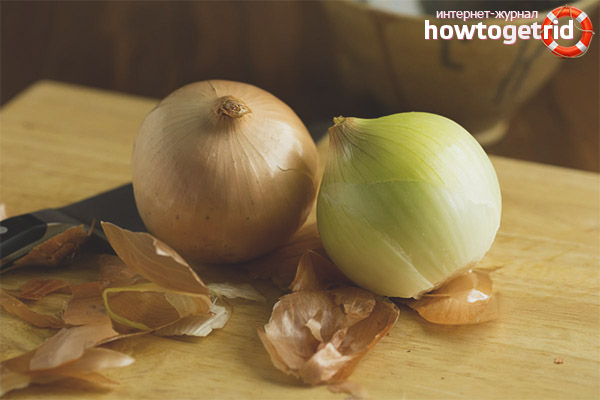
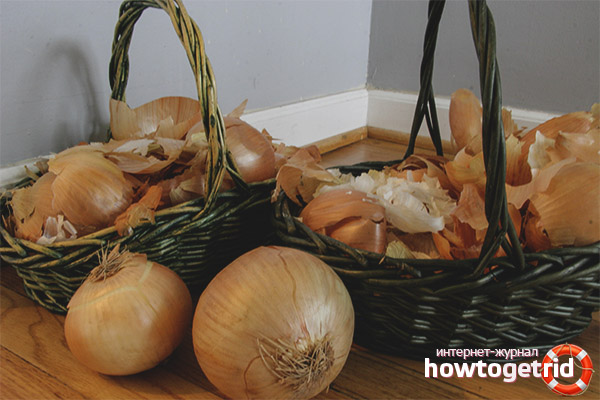
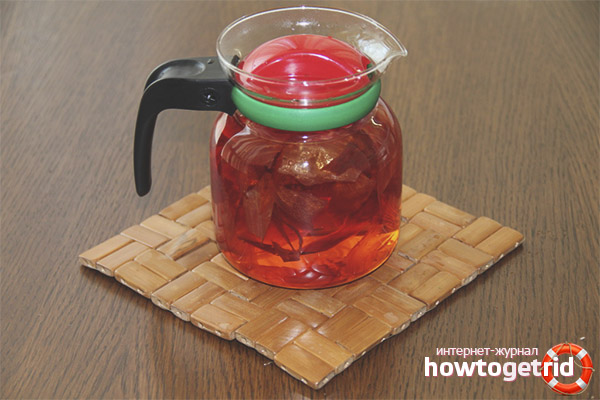
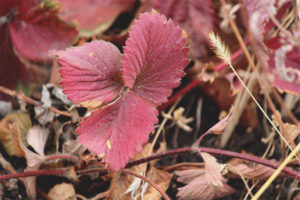

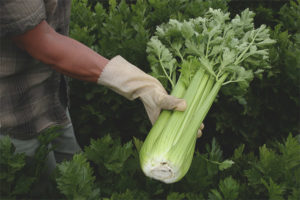

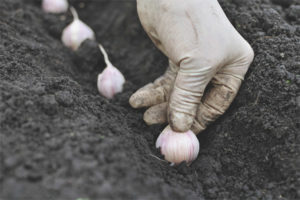
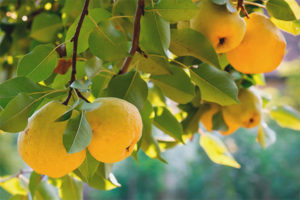
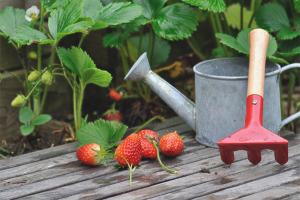
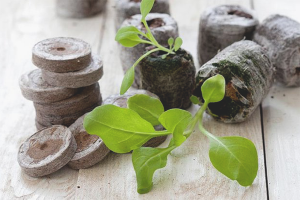
Submit